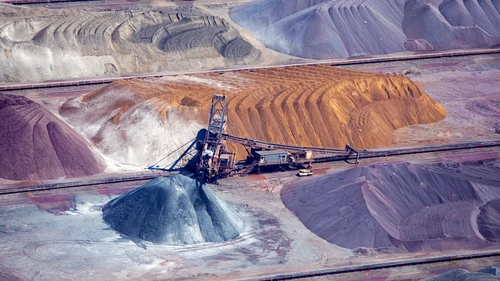Nordea Research this month launched its proprietary environmental, social and governance (ESG) rating system, publishing ESG scores and one-page analyses for around 240 Nordic companies. The ratings assess companies on a full ESG spectrum, giving investors a toolkit to compare firms across several dimensions of sustainability.
Recent years have seen a proliferation of ESG ratings providers, from MSCI and Sustainalytics to RobecoSAM and most recently Bloomberg. What differentiates Nordea’s new offering is its unique combination of quantitative and qualitative components, according to Marco Kisic, Head of ESG Research at Nordea.
We caught up with Kisic, the brains behind the new ratings, to find out more about the methodology, the aim and how investors and companies alike can benefit.

Marco Kisic, Head of ESG Research, Nordea
Why the need for ESG ratings?
Sustainability is a very sensitive and pressing topic these days. Companies, especially in the Nordics, want to be ahead of the pack and best-in-class. However, when they turn to investors for guidance, they find that the traditional investor base is often also on the learning curve. Companies are left in the middle: navigating between public opinion, their own ambitions, a market still coming to terms with sustainability and regulators.
With these ratings, we aim to help by providing an extra voice, saying, “We think these factors are important.” We hope to translate what the market is expressing into a more structured form, to provide guidance and to serve as a speaking partner to both companies and investors.
We’ve seen rapid growth in the ESG data space in recent years and the emergence of numerous ESG ratings providers. What makes Nordea’s new framework different?
That’s right; there are already a bunch of ratings out there. I think we differentiate ourselves in three main ways:
- Quantitative and qualitative metrics that leverage our equity analysts’ knowledge
Often ESG ratings are very quantitative in nature and leave limited space for interpretation or a deep understanding of the company behind the reported numbers. We’ve tried to go beyond that by extracting and distilling our analysts’ knowledge and integrating that into the rating. Our biggest asset is our analysts’ knowledge: that knowledge is incorporated and a very important part of the overall rating.
- Looking ahead and in the rear-view mirror
Traditional ESG ratings focus on classic ESG metrics. Those tend to have a retrospective view, based on backward-looking numbers the company reports. That’s very important and a key part of our rating. But there’s also a whole other aspect: what’s going to happen in the future. We’ve tried hard to bring in that focus as well, coming up with ways to assess that future trajectory – both quantitative and qualitative.
- Unique modelling by Nordea’s ESG team
Our ESG team has done some unique work and modelling, such as our estimations related to the EU’s new Taxonomy for sustainable activities. The Taxonomy gives very specific definitions about what economic activity can be considered truly green. We have developed our own estimates for Taxonomy-aligned revenues for Nordic companies. We believe we’re among the few in the market with these type of estimations, which tell us something about what can happen in a company’s future.




